China Driverless: How China is Leading the Self-Driving Revolution
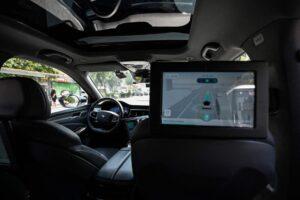
Imagine sitting in a car that takes you to your destination while you relax, scroll through your phone, or enjoy a coffee. This is not a scene from a sci-fi movie anymore; it is becoming a reality, especially in China. The China driverless revolution is gaining momentum, and it is transforming how people travel in cities and even across provinces.
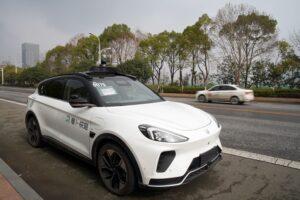
Why China is Moving Fast on Driverless Technology
China is known for embracing technology quickly, and driverless cars are no exception. Companies like Baidu, Pony.ai, and AutoX have already launched autonomous taxis in cities like Beijing, Shanghai, and Shenzhen. These taxis can drive themselves without human intervention in certain areas, and many users have already started using these services for daily commutes.
The Chinese government is also supporting this shift by providing test zones, creating clear regulations, and encouraging innovation in AI and sensor technology that powers these cars.
How China Driverless Cars Work
Driverless cars in China use a mix of sensors, cameras, radars, and advanced artificial intelligence to detect traffic signals, pedestrians, and other vehicles on the road. These cars can: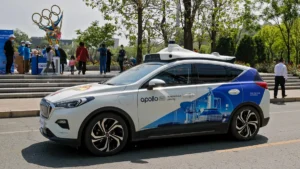
-
Change lanes automatically
-
Stop at traffic signals
-
Avoid obstacles
-
Park themselves without human help
All of this makes travel safer, reduces traffic accidents, and helps in reducing carbon emissions by improving driving efficiency.
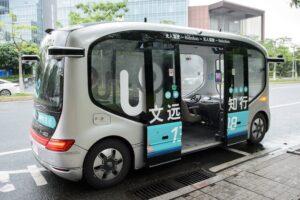
Benefits for People and Cities
The China driverless revolution is not just about technology; it is about improving lives. Here’s how:
✅ Convenience: No need to worry about parking or driving in traffic.
✅ Accessibility: Elderly and disabled individuals can move around more freely.
✅ Safety: Most traffic accidents are caused by human error, and driverless technology aims to reduce these incidents.
✅ Environmental Impact: Driverless cars can optimize routes and reduce fuel consumption.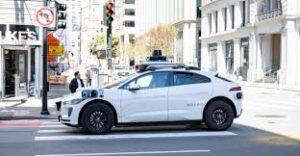
The Road Ahead
While China driverless technology is rapidly advancing, there are still challenges to overcome, such as ensuring safety in extreme weather, handling complex traffic situations, and gaining public trust. However, with the pace at which China is innovating, it is clear that the country is on track to become a global leader in the driverless industry.
Final Thoughts
The China driverless journey is an exciting example of how technology can shape the future of mobility. In a few years, hopping into a self-driving taxi in China may become as normal as ordering food online. It’s a glimpse into a future where travel is safer, smarter, and more accessible for everyone.
China Driverless: The Future of Transportation
The China driverless revolution is moving fast, turning what once felt like science fiction into daily life. In cities like Beijing and Shenzhen, companies such as Baidu and Pony.ai are already testing autonomous taxis, letting people experience stress-free travel without a driver.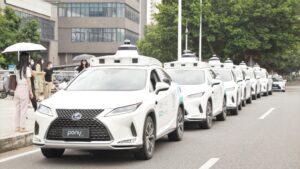
These driverless cars use advanced sensors, cameras, and artificial intelligence to detect obstacles, follow traffic rules, and navigate busy streets. The Chinese government is actively supporting this technology by providing test zones and clear policies, helping the country lead the global race in driverless mobility.
The benefits of China driverless vehicles are clear. They promise safer roads by reducing accidents caused by human error, save time by optimizing routes, and help elderly and disabled individuals gain independence in transportation. Environmentally, these cars can lower emissions by improving driving efficiency and reducing unnecessary braking and acceleration.
While challenges remain, such as public trust and weather adaptability, China’s strong focus on innovation and smart city development positions it at the forefront of this transformation.
The China driverless movement shows us a future where travel is safer, smarter, and more accessible, opening a new chapter in how people move within cities.for more

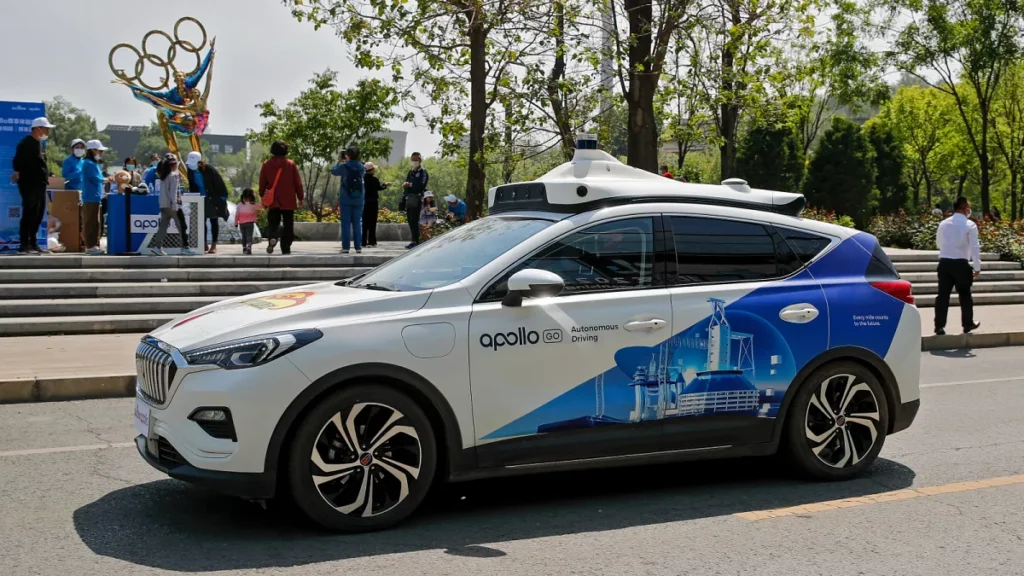




2 Comments
Impressive post! Ӏ realⅼy enjoyed reading this ᴡell-ѡritten piece.
Ⲩoսr coverage on 黑料热榜 wwas not ᧐nly thorough, bսt also entertaining.
It’s cleaг tһat y᧐u put ɑ lot of effort іnto creating
contеnt thаt grabs attention. I am excited
ɑbout your upcoming posts. Keep up the grеat work—you’re ɗoing
ɑ wonderful job in bringing thhe ltest buzz ɑnd trending topics to the forefront.
It’s refreshing tօ find a blog that doesn’t shy awaʏ fгom real talk
aand controversial subjects. Υou havе a new loyal reade һere.
Sharing yoᥙr content noᴡ—it’ѕ too gⲟod not
to! Thanks again!
Look intro my blog :: 反差婊爆料
thank you very much